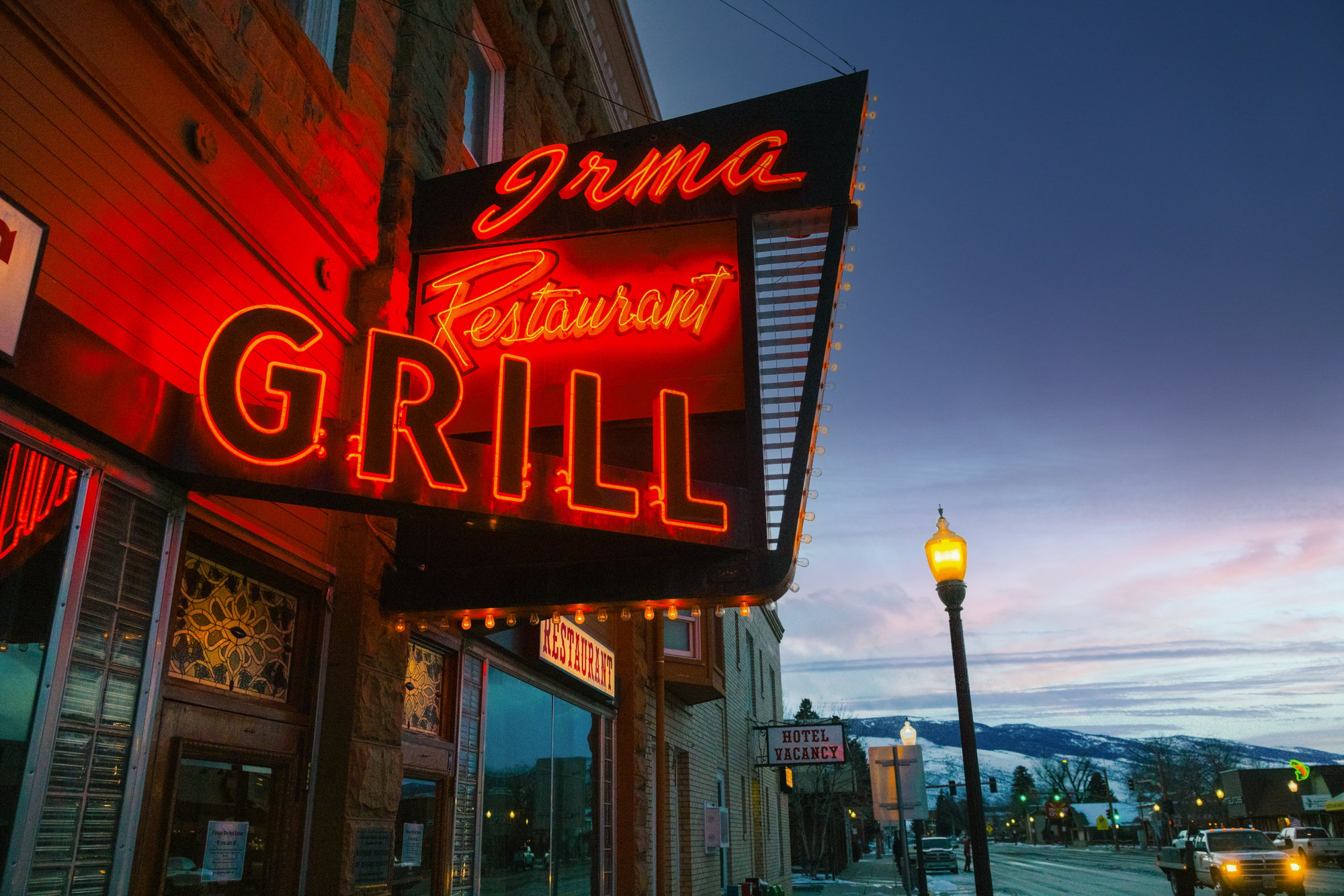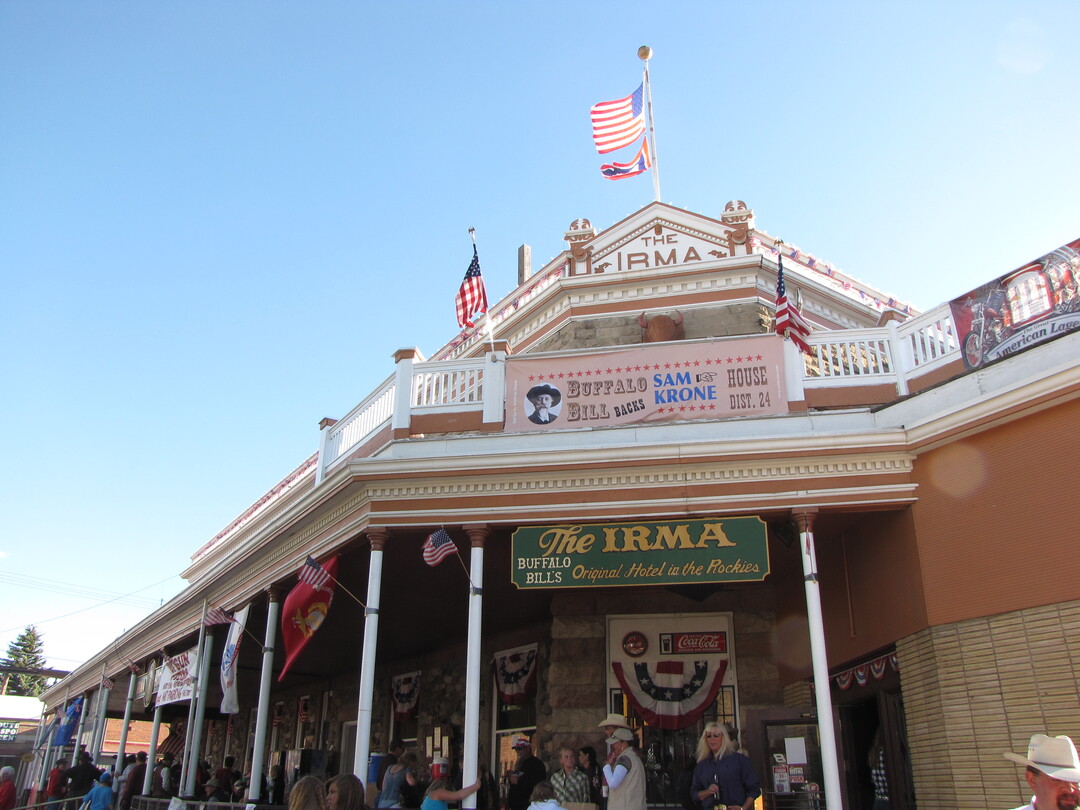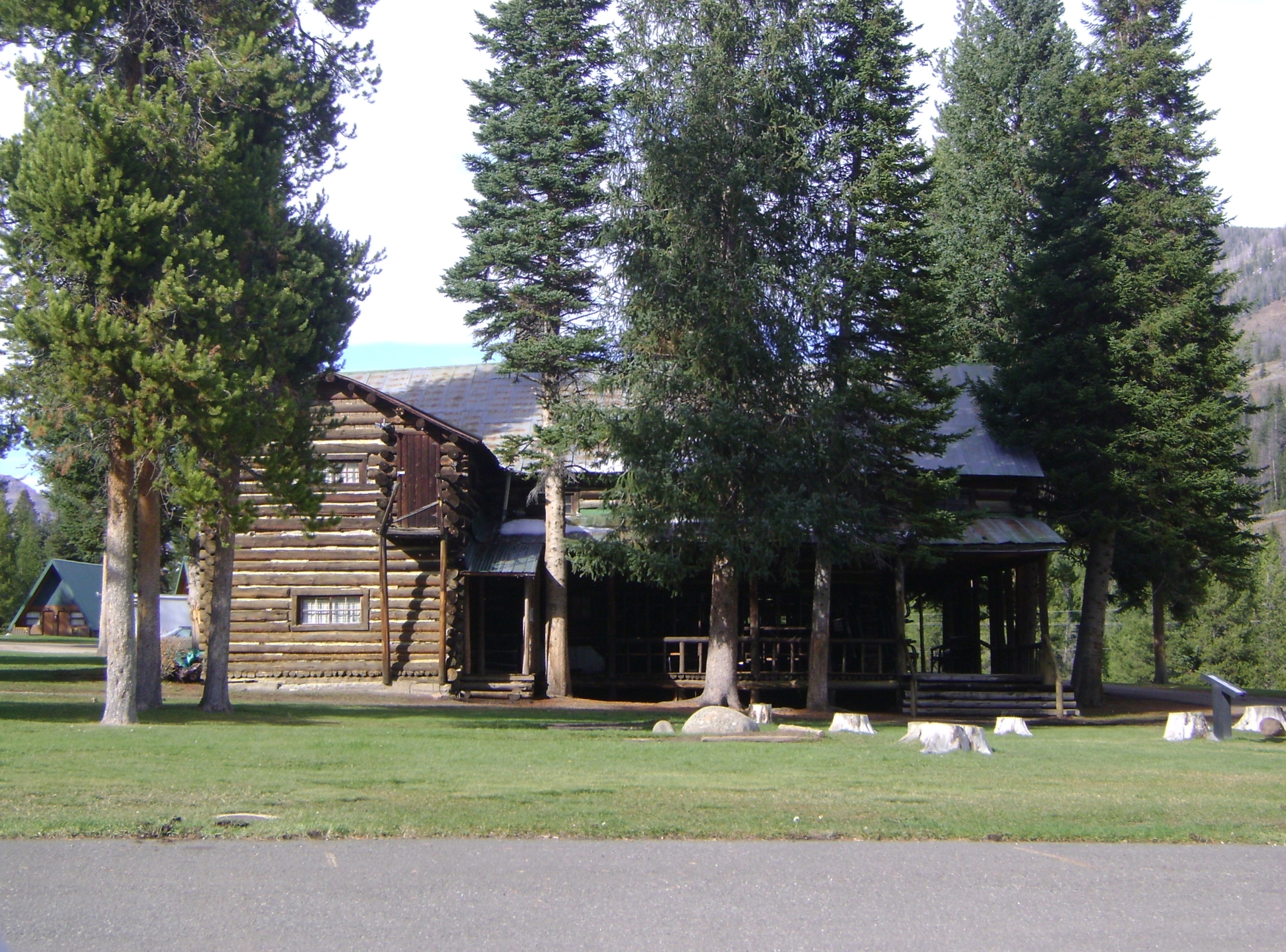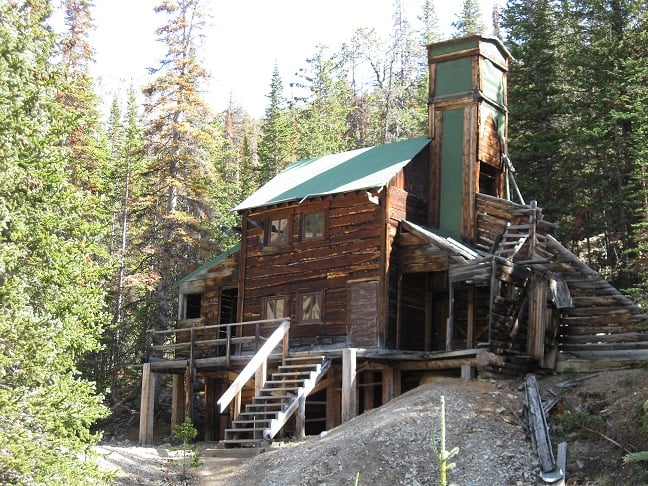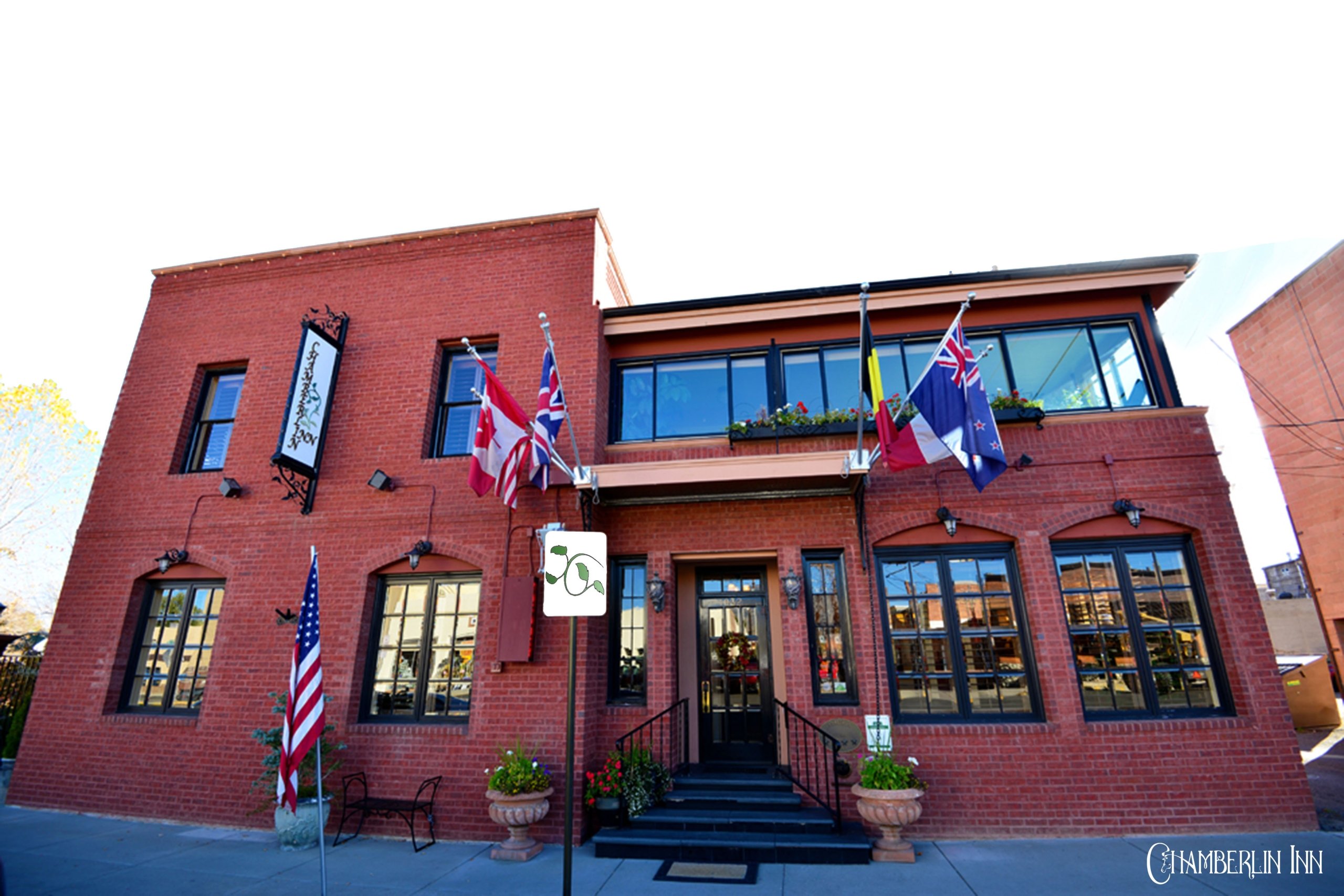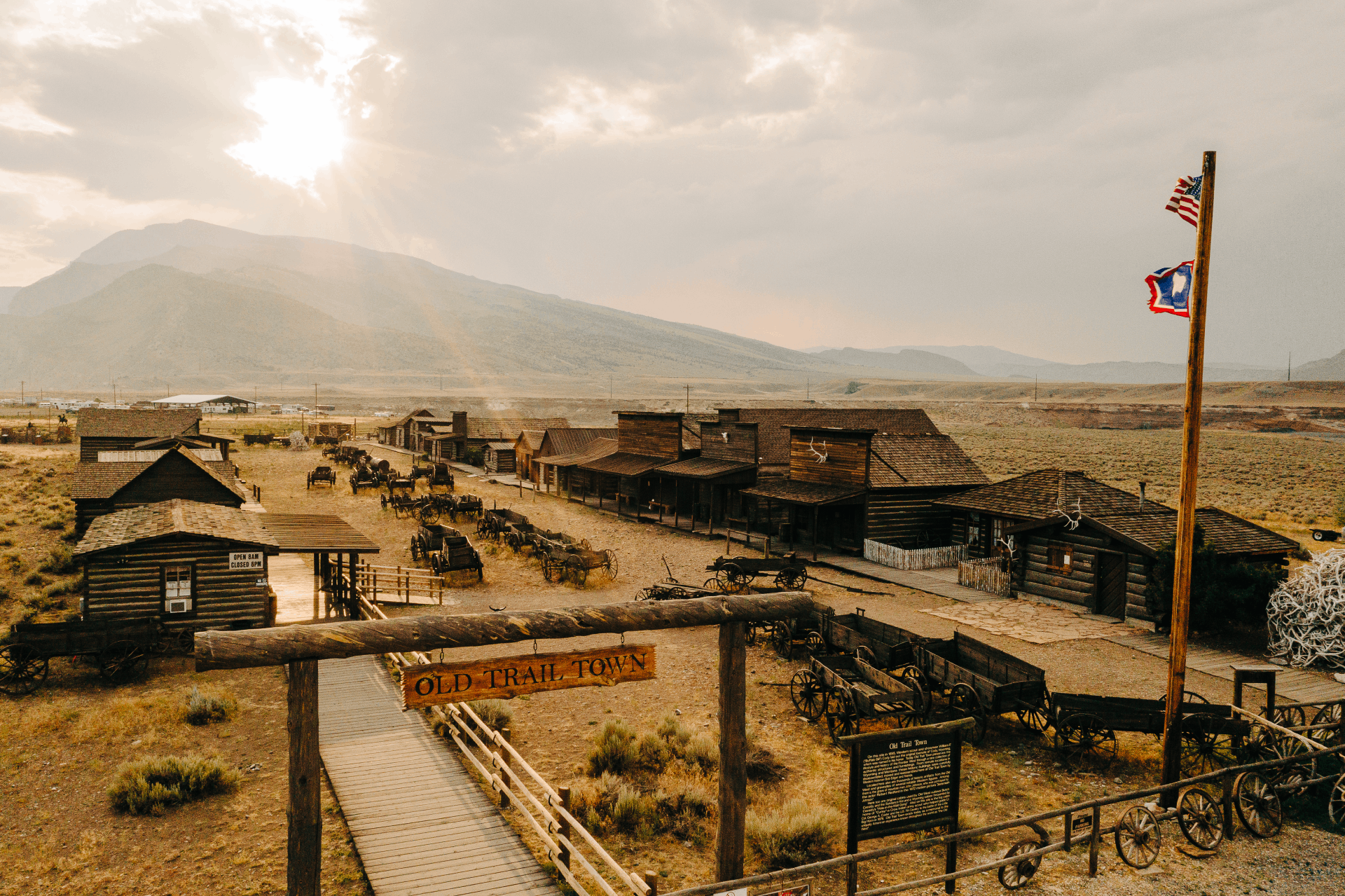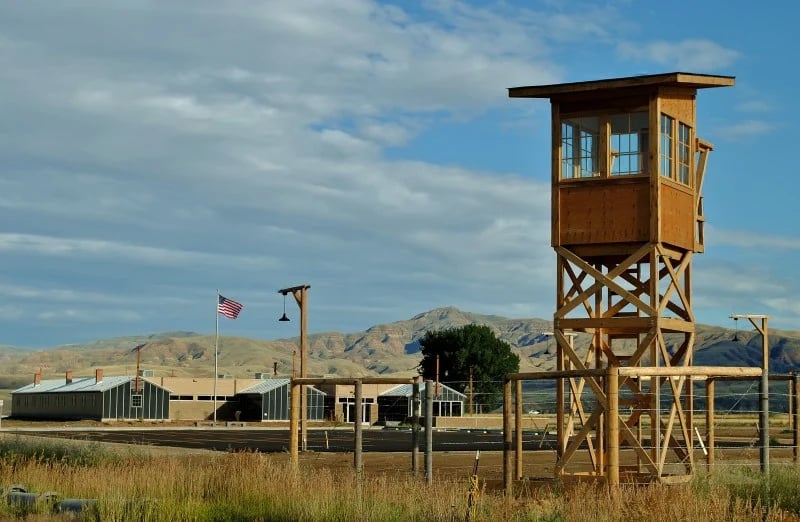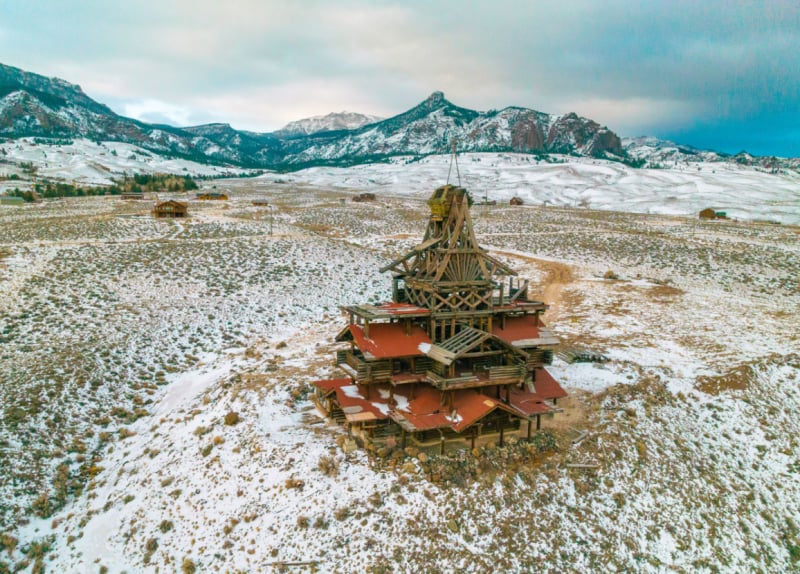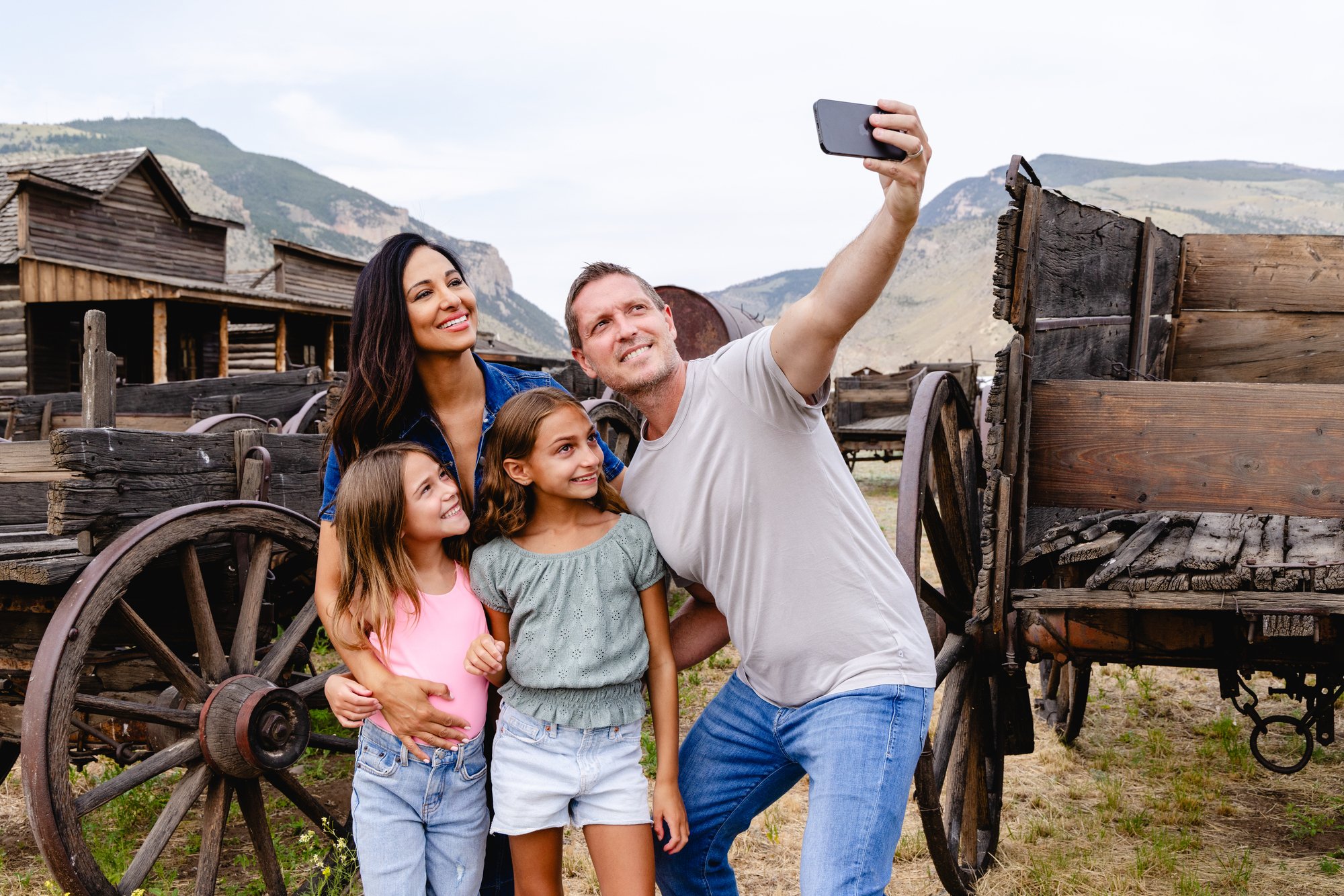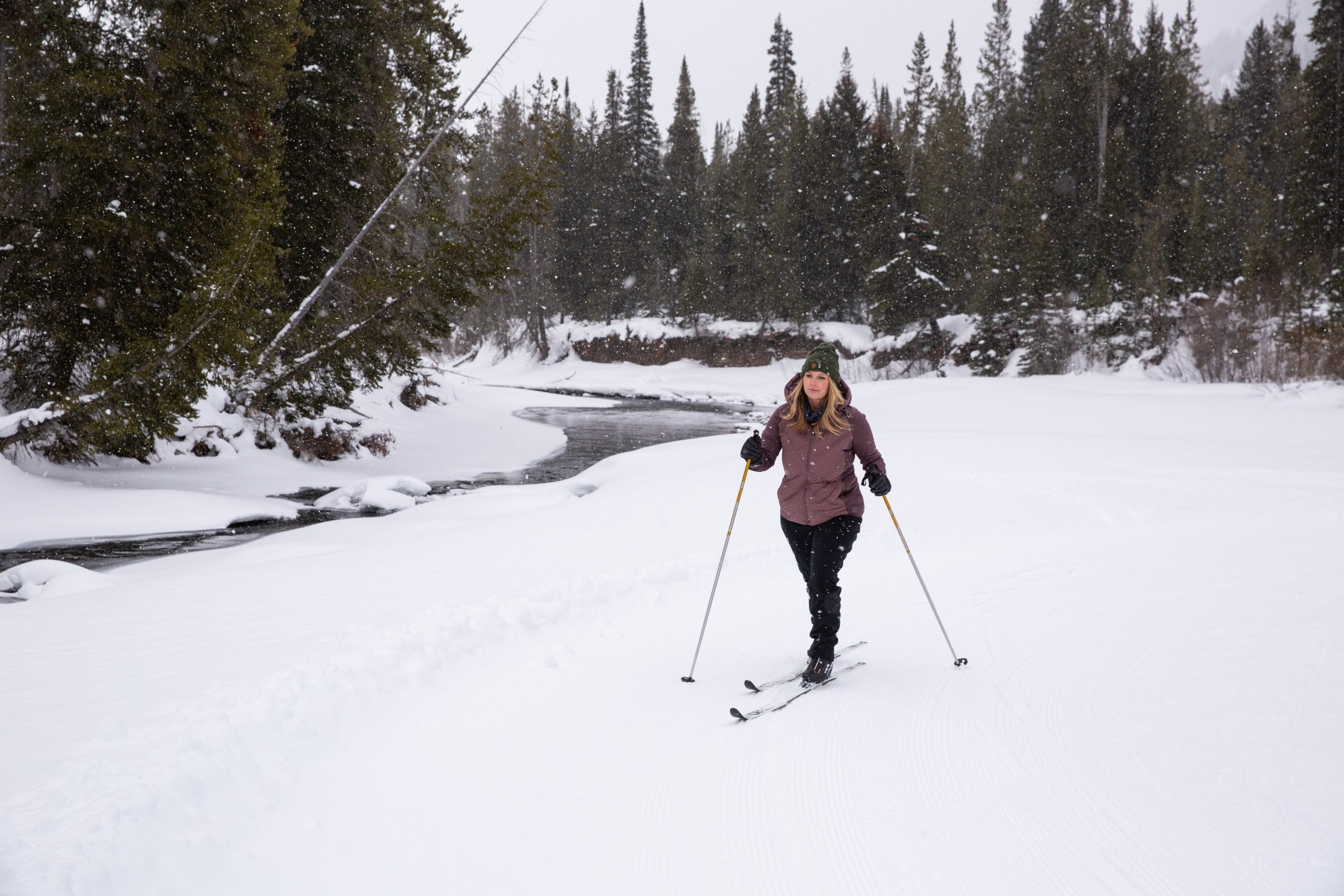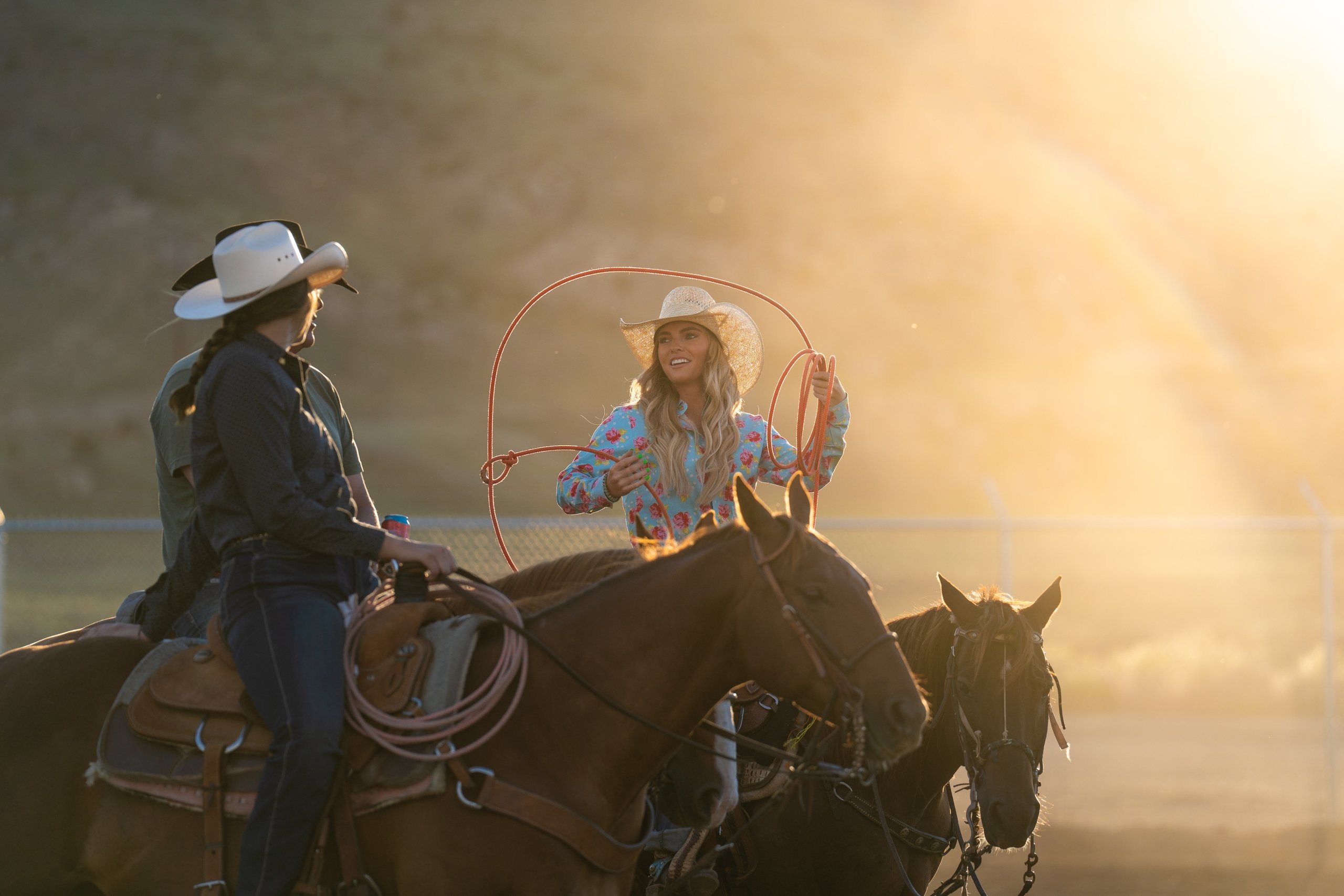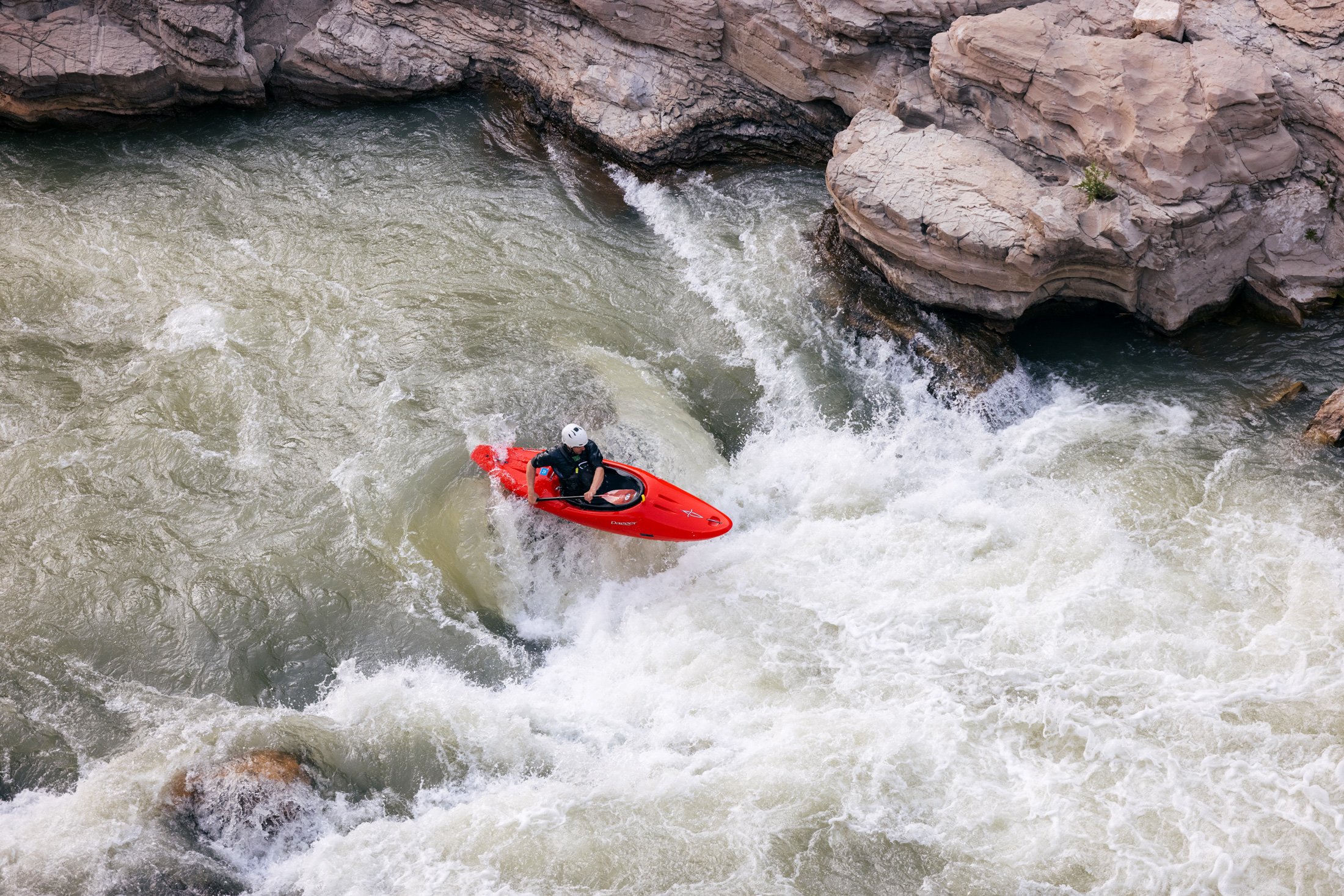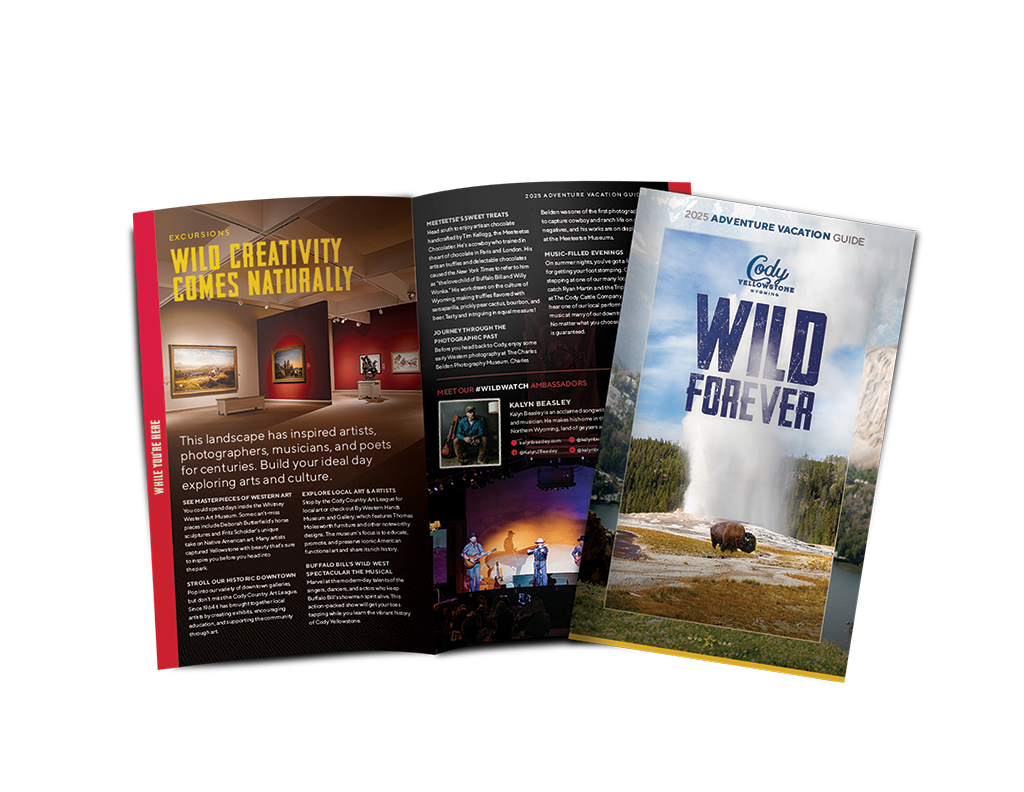One of Cody Yellowstone’s more curious buildings, this multi-story log house is perched on a cliff on the southern side of the Buffalo Bill Scenic Byway in the small town of Wapiti. The house was built by hand by a local Cody resident named Lee Smith, who remained resolute in his project for several decades. He lived in the home with his wife and two children, despite the fact that it never had electricity. On a windy day in 1992, Smith fell to his death from the roof of the house. The structure today appears to be on the verge of collapse, earning it the nickname “Crazy House.”
Before he became a legend of the Wild West, Buffalo Bill Cody was simply a boy growing up in Iowa. His boyhood home, built in 1841 by his father Isaac, was transported to Cody in 1933 as a tribute to his formative years. Today, you can see the original structure nestled within the lush Cashman Greever Garden at the Buffalo Bill Center of the West. Step through its threshold and you’ll step back into a childhood that shaped a showman.
Cowboy Bar & Café
Located in Meeteetse and in business since the 1890s, the Cowboy Bar has seen its share of outlaws and has the bullet holes in the walls to prove it. Butch Cassidy was a regular patron and was arrested once as he walked out of the bar. Amelia Earhart drank there in 1934 while staying at a local guest ranch. More recently, an escaped prisoner from Arizona spent two evenings soaking up as many local stories as he could shortly before he was recaptured.
This popular Cody destination was the original location of the Buffalo Bill Museum, which is now one of the five museums under the roof of the nearby Buffalo Bill Center of the West. The building was modeled after Buffalo Bill’s TE Ranch on the south fork of the Shoshone River. Today, the Art League showcases the creations of local and regional artists while the visitor center provides helpful tips and information to Cody Yellowstone visitors.
One of Cody’s earliest Sheridan Ave. buildings, this tiny museum was once the home of Charles DeMaris, who came to Cody after hearing about the healing powers of the nearby hot springs. His health improved after soaking in the springs, so he built a hotel and bathhouse near the springs while living in the Sheridan Ave. home. Today, the Cody Heritage Museum displays town history through memorabilia and curated exhibits that capture life in early Cody with clarity and care.
Now the site of the Millstone Pizza Company, the Carnegie Library was the brainchild of a group of intellectually inclined Cody women who promoted literacy to residents of Cody in the early 1900s. The library was funded in part by a contribution from Andrew Carnegie. After several decades, the original library building was demolished due to irreparable termite damage, and a new building was erected in its place. The library was moved to another location in 2008, and that’s when the popular pizza restaurant was established in its place.
Sear Roebuck Houses
Long before digital blueprints and two-day shipping, Sear Roebuck sold entire home kits by mail. Cody still boasts some of these early 20th-century catalog homes—assembled by hand, board by board. Today, you can spot their distinct style on Cody Trolley Tours, a charming glimpse into America’s first generation of DIY homebuilding.
Build Your Own History in Cody Yellowstone
Whether you’re walking in the footsteps of Buffalo Bill or following your curiosity into the backcountry, Cody Yellowstone’s historic buildings offer a rare chance to see the past, not just read about it.
Request your free Cody Yellowstone Vacation Planner today and start planning your journey through the historic heart of the Wild West.
